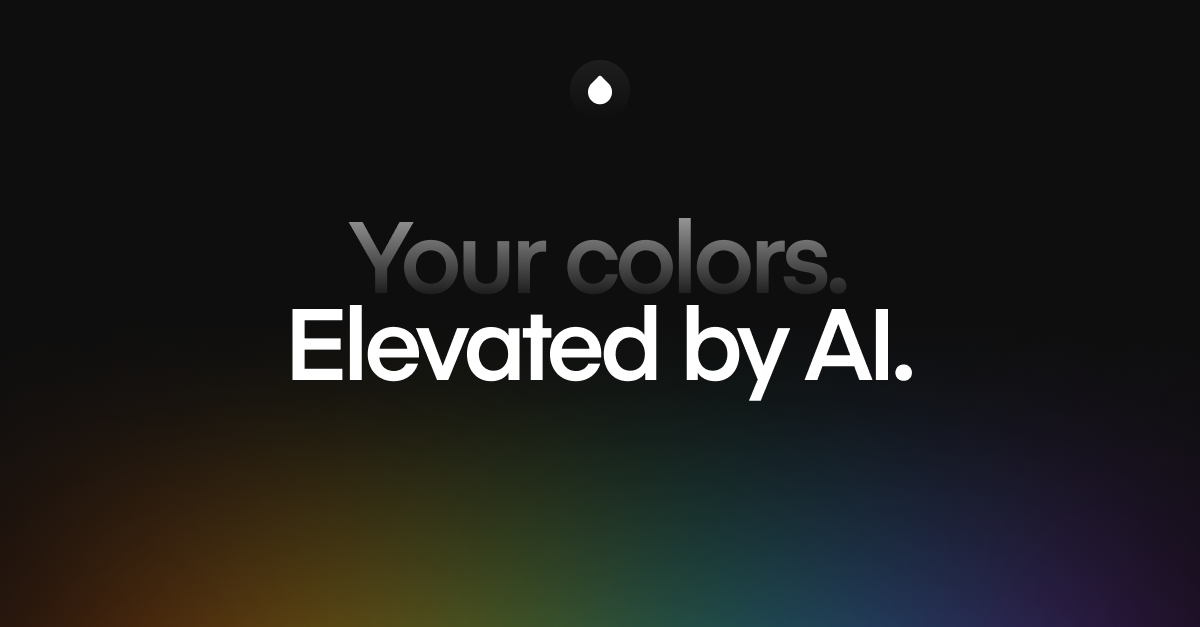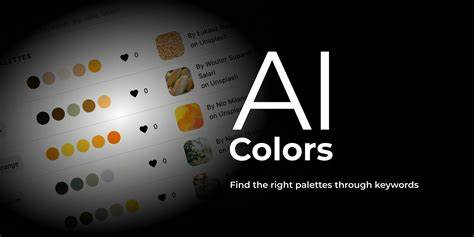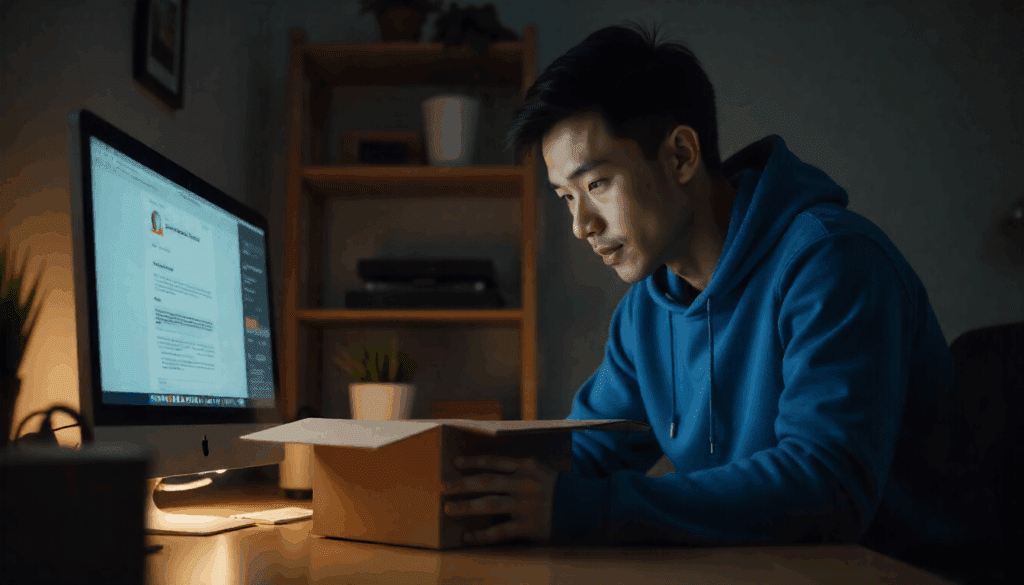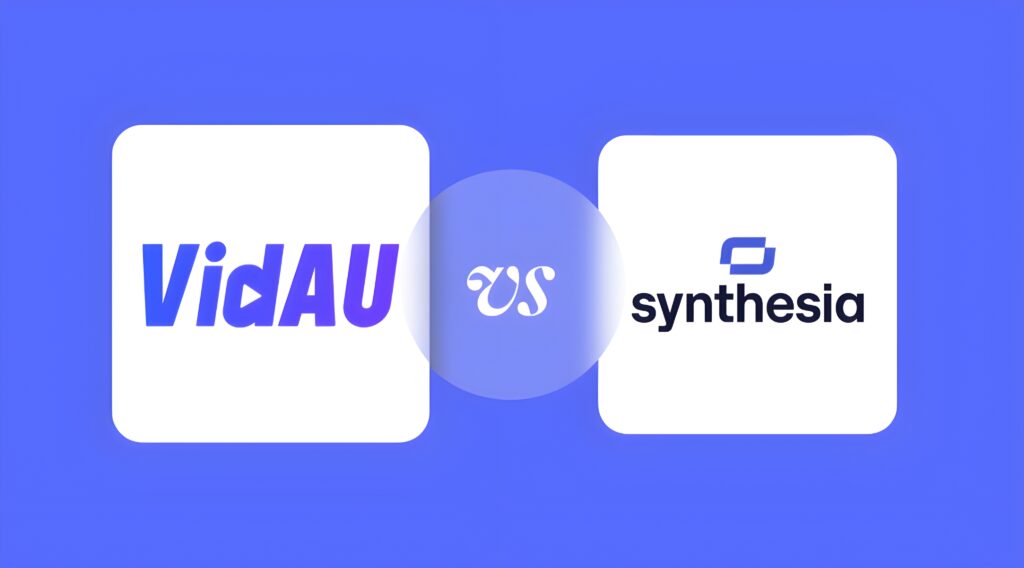In the world of design, color plays a pivotal role in shaping the visual appeal and emotional impact of creative projects. However, selecting the perfect color palette can be a daunting task, requiring a keen eye for aesthetics and a deep understanding of color theory. Fortunately, advancements in artificial intelligence (AI) have paved the way for innovative solutions in color matching, empowering designers to effortlessly create harmonious color schemes with precision and ease. In this article, we delve into the transformative capabilities of AI color matching, uncovering its features, benefits, and applications across various industries.
AI color matching harnesses the power of machine learning algorithms to analyze and identify color harmonies based on specified criteria. By leveraging vast datasets of color combinations and design principles, AI algorithms can generate color palettes that are visually appealing and harmonious, taking into account factors such as color theory, contrast, and color psychology. Additionally, AI color matching tools often provide interactive features that allow users to experiment with different color combinations and refine their designs in real-time.

Enter AI color matching—a revolutionary technology that is transforming the way designers create and refine color palettes. Powered by advanced machine learning algorithms, AI color matching tools analyze vast datasets of color combinations, design principles, and user preferences to generate harmonious and visually appealing color schemes with unparalleled precision and efficiency.
So, what exactly sets AI color matching apart from traditional color selection methods? Let’s explore some of the key features and benefits:
1.Precision and Accuracy:
AI color matching algorithms are trained on vast datasets of color palettes and design principles, allowing them to accurately identify color harmonies and relationships based on specified criteria. Whether it’s complementary, analogous, or monochromatic color schemes, AI algorithms can generate color palettes with pinpoint accuracy, ensuring that every hue, tone, and shade complements the overall design aesthetic.
2.Efficiency and Productivity:
Gone are the days of endless trial and error in search of the perfect color palette. With AI color matching tools, designers can streamline the color selection process and generate harmonious color schemes in a fraction of the time. By automating tedious tasks and providing instant feedback, AI algorithms empower designers to focus their time and energy on the creative aspects of design, accelerating project timelines and boosting productivity.
3.Creativity and Exploration:
AI color matching tools often feature interactive interfaces that allow users to experiment with different color combinations and refine their designs in real-time. Whether it’s adjusting hue, saturation, or brightness, designers can explore endless possibilities and unleash their creativity without limitations. Additionally, AI algorithms can provide personalized recommendations and suggestions based on user preferences, helping designers discover new color palettes and push the boundaries of design innovation.

In conclusion, AI color matching represents a paradigm shift in the world of design, offering designers unprecedented capabilities for creating harmonious and visually appealing color palettes with precision and ease. By harnessing the power of machine learning algorithms, designers can streamline the color selection process, boost productivity, and unleash their creativity in ways never before possible. As AI continues to evolve and improve, the future of design promises to be brighter and more colorful than ever before.





